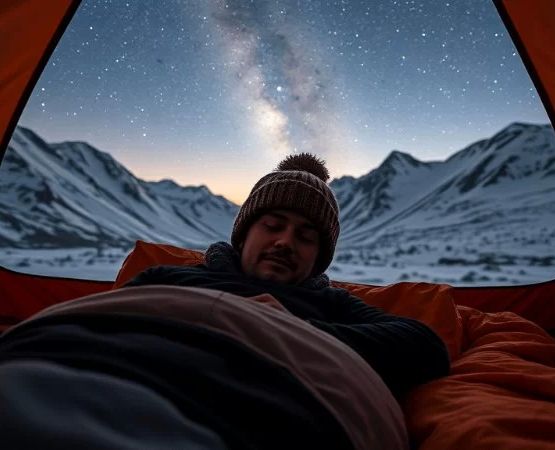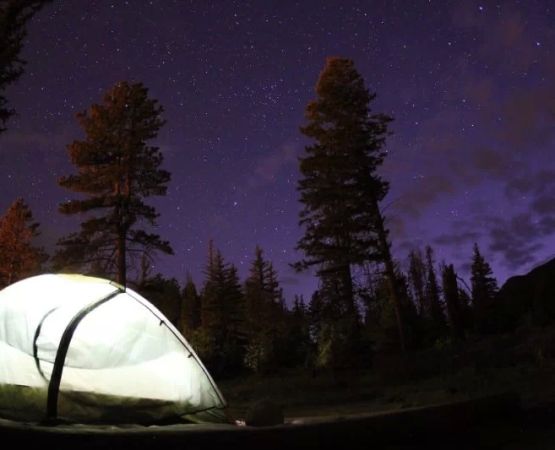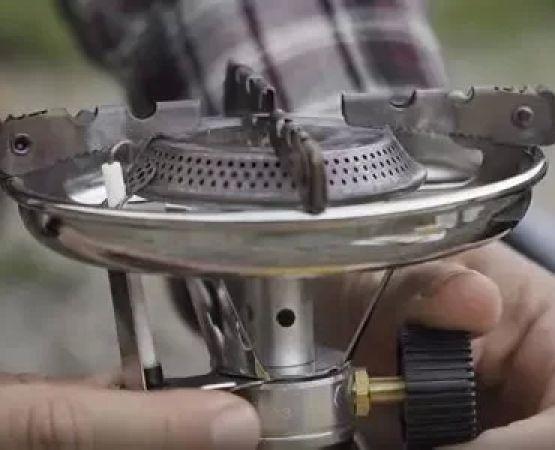Essential Tips for Packing a First-Aid Kit for Your Camping Trip
Whether you're venturing into the wild for a weekend getaway or embarking on an extended camping trip, safety should always be a top priority. One of the most crucial items to bring on any camping adventure is a well-stocked first-aid kit. But what exactly should you pack? In this guide, I’ll share everything I’ve learned about packing a first-aid kit for camping, based on my personal experiences, tips from experts, and essential items that will keep you safe in the wilderness.
The Importance of a First-Aid Kit When Camping
Imagine you're out on a beautiful trail, enjoying the serenity of nature when suddenly someone in your group slips, twists an ankle, or gets a nasty cut. Having a first-aid kit on hand can make a huge difference. I’ve been in situations where a well-prepared kit helped quickly treat minor injuries, preventing them from becoming more serious problems.
Accidents happen even in the most peaceful settings, and it's essential to be prepared for the unexpected. Not only does a first-aid kit help with treating injuries, but it also offers peace of mind, knowing that you're ready to handle any situation that comes your way.
What to Include in Your First-Aid Kit for Camping
When I first started camping, I made the mistake of packing too much. Over time, I’ve streamlined the essentials. Here are the must-have items for your camping first-aid kit:
1. Bandages and Adhesive Strips
Whether it's a small scrape from a branch or a blister from hiking, bandages are a necessity. I always carry a variety of sizes, including larger gauze pads and smaller adhesive strips for quick fixes. These are great for cuts, scrapes, or even covering blisters caused by walking long distances.
2. Antiseptic Wipes and Ointments
Keeping wounds clean is essential to avoid infection, especially when camping in remote areas. I never leave home without antiseptic wipes and antibiotic ointments like Neosporin. They help clean the injury site and prevent any bacteria from causing trouble.
3. Pain Relievers and Anti-inflammatory Medications
Long hikes and outdoor activities can take a toll on your body. Having some pain relievers such as ibuprofen or acetaminophen can help manage aches, pains, or headaches. I also make sure to bring along some antihistamines in case of allergic reactions from plants or insect bites.
4. Tweezers and Scissors
These small tools might seem simple, but they’ve been lifesavers on my trips. Tweezers are perfect for removing splinters, ticks, or other small foreign objects. Scissors are essential for cutting bandages or gauze, or even snipping through rope in emergency situations.
5. Gauze and Medical Tape
If you’re dealing with larger wounds or need to secure a bandage in place, gauze pads and medical tape are invaluable. I once used gauze to help control bleeding after a friend cut their hand on a sharp rock. Make sure you have enough in various sizes for any emergency.
6. Thermometer and Gloves
Though it's not something I need every day, a thermometer is a great tool to have on hand if someone shows signs of a fever. Disposable gloves are also a must for handling any wounds to protect yourself and the injured person from germs.
How to Pack Your First-Aid Kit
After years of camping, I’ve learned the importance of organizing my first-aid kit properly. The key is to keep everything accessible and compact. Here’s how I organize mine:
1. Use a Waterproof Bag
One of my biggest lessons learned was that moisture can ruin medical supplies. Always pack your first-aid kit in a waterproof bag or container to keep it dry, especially if you're camping near lakes or in rainy conditions.
2. Create Separate Sections
Having small, labeled pouches or zip-lock bags for each category of supplies (bandages, medications, tools) makes it easy to find what you need in an emergency. Trust me, the last thing you want is to be digging through a chaotic bag in a panic.
3. Pack for the Group
If you’re camping with a group, make sure your first-aid kit has enough supplies for everyone. I often pack extra bandages, medications, and even a few additional tools just in case. A large group can sometimes mean a higher likelihood of minor accidents.
Other Considerations When Packing a First-Aid Kit
Aside from the basics, there are a few other things I recommend packing depending on your specific trip and the environment you’ll be in.
1. Insect Repellent and Bite Relief
Insects are a common nuisance when camping. I always carry insect repellent to keep mosquitoes and ticks at bay, and bite relief cream for when I inevitably get a few bites.
2. Allergy Medications
If you have any allergies, especially to food, plants, or insects, be sure to include the necessary medications. I never go camping without my allergy pills and an EpiPen just in case I have a severe reaction to something in the environment.
3. Emergency Numbers and Medical Information
While you may be in the wilderness, it’s always important to have a way to contact emergency services if something goes wrong. I keep a card with emergency phone numbers and important medical information (like allergies or chronic conditions) in my first-aid kit, just in case.
My Personal Experience with a First-Aid Kit
On one of my first camping trips, I experienced a minor but painful incident. My friend had accidentally tripped over a rock, and we were miles away from any kind of help. Thanks to our well-packed first-aid kit, I was able to clean and bandage his scraped knee, and we continued our trip without further issues. That incident really showed me the importance of being prepared for anything!
Now, every time I pack for a camping trip, my first-aid kit is one of the first things I grab. It’s the kind of thing you hope you’ll never need, but I always feel better knowing that it's there just in case.






